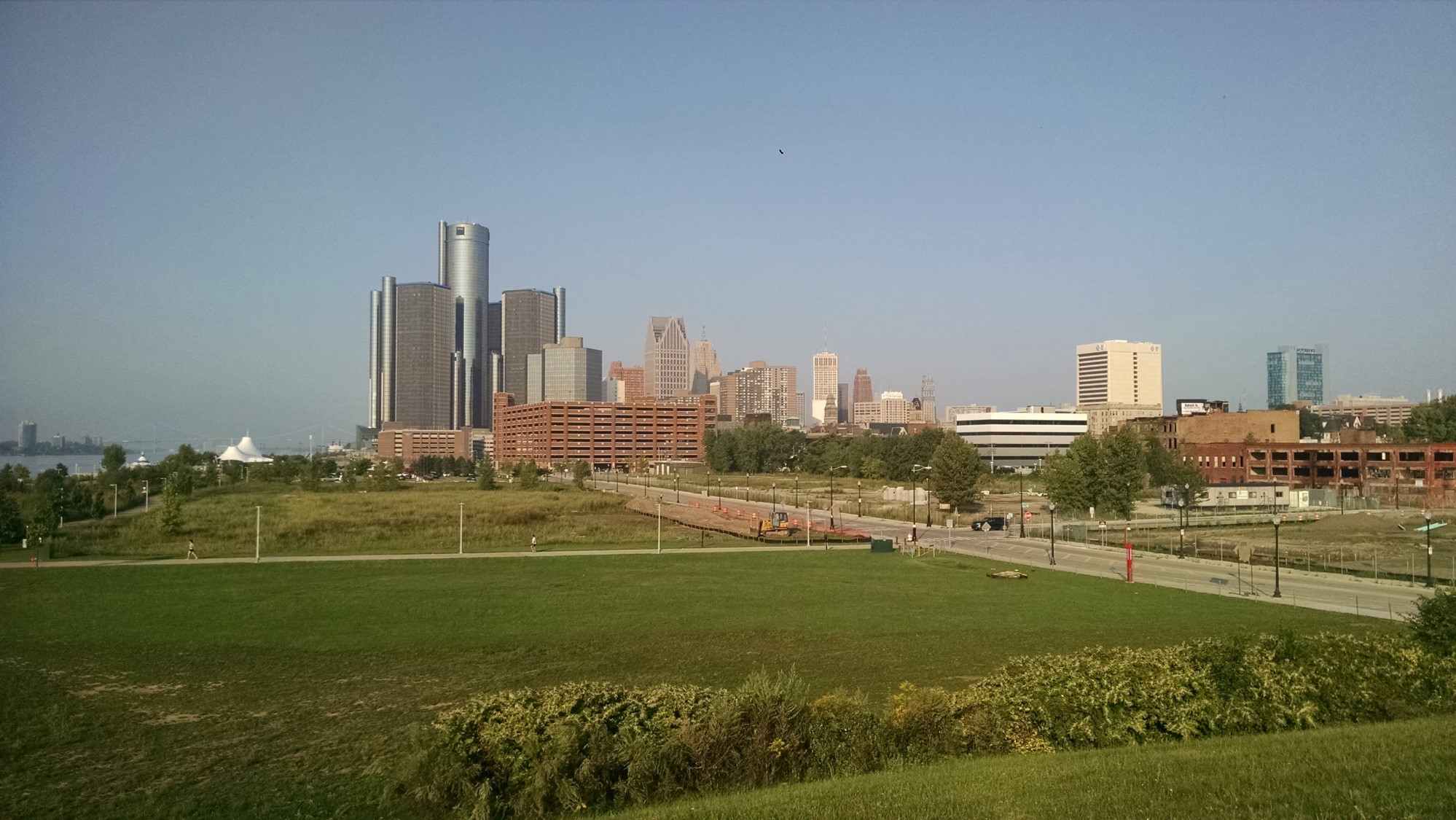“Historically, strong urban development begins with a vibrant city core and is something thriving modern cities work to provide for their residents. And there are people in Detroit who want this, and DDP (Downtown Detroit Partnership) wants this.
But through our research over the last 5 weeks we’ve found that Detroit seems to have this extra layer of barriers that prevent residents in the neighborhoods from wanting or understanding this because “why downtown” has never really been communicated to them. And this isn’t necessarily a bad thing, it just means Detroit has to solve this problem differently than other cities have before; which shouldn’t be anything new to us here. Because if this gap can be bridged here, it will set an unprecedented example for how to best work through socioeconomic problems to rebuild an effective and healthy urban environment”
In a nutshell (I’ll admit, refined a bit) this is the first half of what I said when I had the privilege of concluding our Challenge #4 presentation with the Downtown Detroit Partnership at the Detroit Regional Chamber’s office this past Friday.
I highlight this because I consider this past challenge to have been the hardest challenge yet for us 31 fellows, and the topic of how to best balance millions of dollars of Downtown development with the struggling economic situation many of the neighborhoods are in has been an issue that’s been on my mind a lot lately. And as we executed this most recent challenge, we heard from many residents reasons of apprehension, lack of ownership/belonging, poor communication, and lack of amenities that prevented them from frequenting Downtown.
I have regular, personal experiences in both sides of this:
- I own property in a blighted, vacant neighborhood of the city where I’ve worked to redevelop a blighted residential lot (Deconstruction to Reconstruction in a Detroit Neighborhood).
- I live Downtown Detroit on Woodward where I can look out my window right now as I write this on a Sunday afternoon and see 8 people walking and 4 cars driving down the street in the heart of a city.
Neither of these things represent a truly healthy urban environment.
One of my biggest strengths is that I am analytical. In situations like this, I always do my best to take in information and make an overall assessment of the situation that is objective. This often leads me to feel compelled to be one of the last to speak in a group discussion situation. Sometimes it works out, sometimes it doesn’t.
So maybe me being placed in Team 6 (team 6 of 6), and getting the opportunity to present last this time wasn’t a coincidence. Either way though I’m humbled to have been able to do so.
Now don’t get me wrong. There’s a ton happening here and it’s an amazing time to be in the city. New things are popping up everyday not only downtown but in the neighborhoods too. Also, our final product to the DDP turned out great, and I feel privileged to have had the opportunity to work on this complex problem as a Challenge Detroit Fellow.
Onto Challenge #5 with Detroit Future City…

